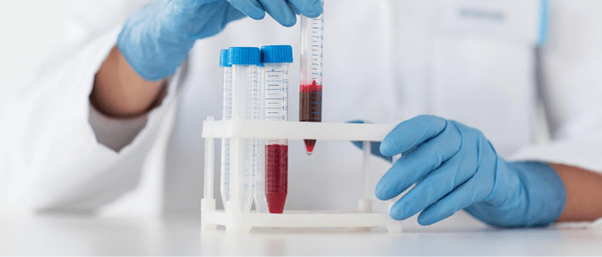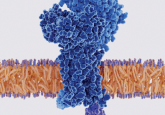Detecting Alzheimer’s: a blood test is all it takes

Refer a colleague
A blood test has been proven to be up to 93% accurate at identifying early indicators of Alzheimer’s, offering an alternative to brain scans and spinal taps.
A team from the Washington University School of Medicine in St. Louis (MO, USA), have developed a low-cost and non-invasive blood test for the detection of Alzheimer’s disease. The blood test, which uses a high-precision immunoprecipitation mass spectrometry technique, has been found to be highly accurate for both cognitively impaired and unimpaired individuals.
The current gold standard for Alzheimer’s evaluation is the PET brain scan, which on average costs between US$5000–8000 per scan. Another test analyzes the levels of amyloid-beta and tau protein in cerebrospinal fluid, and while cheaper at US$1000, it requires an invasive spinal tap process.
In contrast, a blood test developed by senior author Randall J Bateman and colleagues is less invasive and costs just US$500. The test assesses whether the accumulation of amyloid plaques has started in the brain, by monitoring the ratio of the amyloid beta proteins Aβ42 and Aβ40.
As the test relies on detecting precise changes in the levels of amyloid beta protein in the blood, it was unknown whether different sampling methods and protocols could result in false positives or false negatives.
 Jogging your memory: it’s more literal than you’d think
Jogging your memory: it’s more literal than you’d think
Higher amounts of physical activity in elderly people has been related to increased presynaptic protein levels in brain tissue, suggesting this may help to suppress age-related cognitive decline.
To determine the accuracy of the test, the researchers utilized it on blood samples from 500 patients in the USA, Australia and Sweden. Each of the labs used different protocols for processing the blood samples. Across all three studies, the test provided consistent results, demonstrating that the test remains accurate despite different cohorts and protocols.
What’s more, when the test was combined with the detection of the genetic variant APOE4 – another Alzheimer’s risk factor – it was found to be 88% accurate when compared to brain scans, and 93% accurate when compared to spinal tap.
“Our study shows that the blood test provides a robust measure for detecting amyloid plaques associated with Alzheimer’s disease, even among patients not yet experiencing cognitive declines,” explains Bateman. “A negative test result also could help doctors rule out Alzheimer’s in patients whose impairments may be related to some other health issue, disease or medication.”
A commercial version of the test, known as Precivity AD, is available for doctors in the USA and Europe, but is not yet covered by most health insurance providers. In addition to offering a potential option for routine screening and diagnosis, the test could speed up clinical trials.
“A blood test for Alzheimer’s provides a huge boost for Alzheimer’s research and diagnosis, drastically cutting the time and cost of identifying patients for clinical trials and spurring the development of new treatment options,” comments Bateman. “As new drugs become available, a blood test could determine who might benefit from treatment, including those at very early stages of the disease.”
Please enter your username and password below, if you are not yet a member of BioTechniques remember you can register for free.





